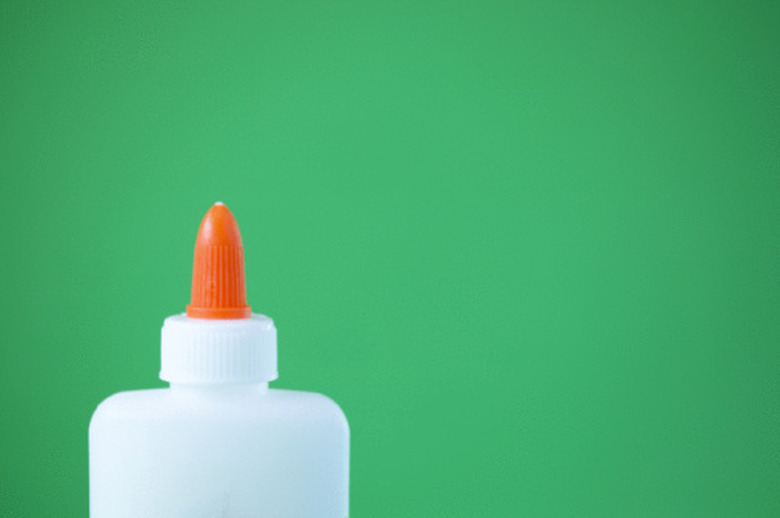How To Make Bouncy Putty
Although you can purchase "Silly Putty" or bouncy putty readily at many toy stores, the process of making homemade bouncy putty may entertain and educate youngsters. Using basic household ingredients, conduct a simple kitchen experiment and whip up a batch of goop that kids can throw and bounce. After you finish mixing and kneading, give a quick explanation of the chemical reaction that produced the bouncy putty.
Step 1
Pour the warm water into the measuring cup. Add the Borax to the water and stir until the Borax dissolves completely — this may take several minutes.
Step 2
Place 1 tbsp. of white glue and 1 tbsp. of water into the small mixing cup. Mix the two ingredients well with a spoon.
Step 3
Add 1 drop of food coloring to the glue mixture if you wish to color the bouncy putty. Stir the food coloring in well to distribute it evenly.
Step 4
Add about 2/3 tbsp. of the Borax mixture to the white glue and water and mix well — use the additional Borax mixture for more bouncy putty or discard it. The mixture will congeal and become firm as you stir.
Step 5
Pull the mixture out of the mixing cup with your fingers and knead it in your hands. It should become a ball as you knead it.
Step 6
Store the bouncy putty in a sealed plastic food storage bag to keep it moist.
Things Needed
- 1 cup + 1 tbsp. warm water
- Measuring cup
- 3/4 tbsp. Borax
- White glue
- Small mixing cup
- Liquid food coloring (optional)
- Plastic food storage bag
TL;DR (Too Long; Didn't Read)
The Borax solution "crosslinks" the polymers present in the glue. This creates the chemical change that creates the bouncy putty, according to the University of Akron. Double or triple the ingredients to make larger batches of bouncy putty. Separate the putty into halves or thirds to make smaller balls or keep it in one large piece for a large bouncy ball.
Cite This Article
MLA
Hatter, Kathryn. "How To Make Bouncy Putty" sciencing.com, https://www.sciencing.com/make-bouncy-putty-8439789/. 24 April 2017.
APA
Hatter, Kathryn. (2017, April 24). How To Make Bouncy Putty. sciencing.com. Retrieved from https://www.sciencing.com/make-bouncy-putty-8439789/
Chicago
Hatter, Kathryn. How To Make Bouncy Putty last modified March 24, 2022. https://www.sciencing.com/make-bouncy-putty-8439789/
